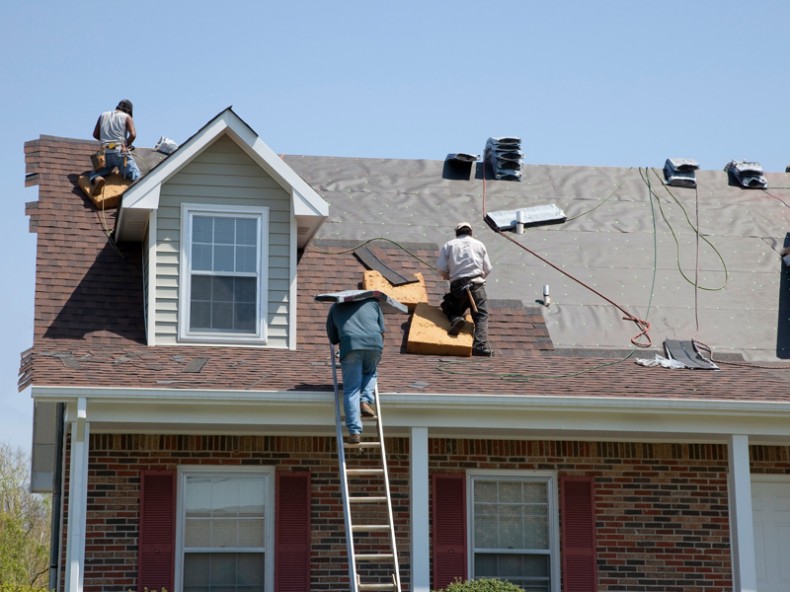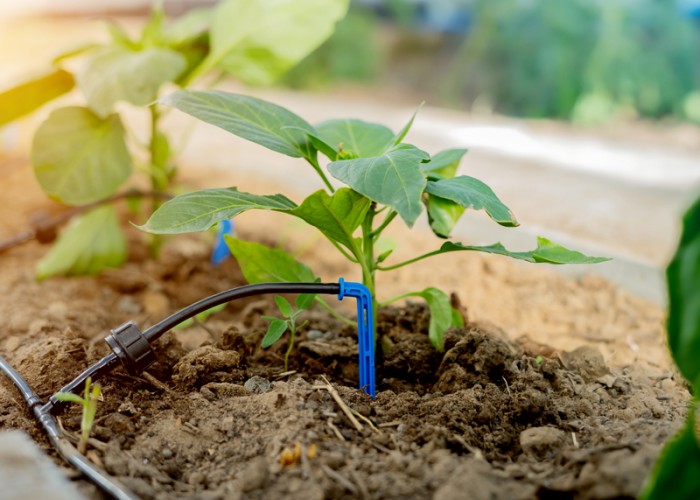‘The Ceiling is the Roof’ for Home Upgrades
Roof work can lead to other energy savings
Q: I’ll be replacing my damaged roof soon and was wondering if I might be able to knock out other home improvement projects at the same time. How might I go about doing this?
A: Although Michael Jordan’s “ceiling is the roof” comment left some scratching their heads, home roof projects do present opportunities for additional enhancements — some might even say the sky is the limit. One perspective we like to promote is the home-as-a-system approach. It’s the idea that all of the systems in our homes interact with one another to influence our whole experience. Change or update one, and others will likely be affected, which can impact things like comfort, safety, health, durability and energy efficiency.
The U.S. Department of Energy’s Building America Solution Center offers a framework for whole-home and smaller-scale improvement projects to help maximize their features and benefits. They recommend proactively keeping these six steps in mind:
Step 1: Ensure your home can accommodate the proposed improvement.
Step 2: Ensure your home meets ventilation standards for fresh air.
Step 3: Ensure moisture protection.
Step 4: Ensure any air leaks or drafts are blocked.
Step 5: Improve comfort and reduce energy costs by adding insulation where appropriate.
Step 6: Upgrade equipment and appliances that might be newly accessible.
So, how does this relate to getting a new roof? Roof work can represent a great opportunity to group additional upgrades together for the surrounding area, which could become easier to access. For example, to help keep heat inside your home in the winter and outside in the summer, you might want to include radiant barriers or air seal and further insulate the attic space, which could reduce drafts, lower energy usage and enhance comfort.
Getting a home energy assessment prior to your roof replacement can be an extremely valuable way to help navigate the possibilities available to you.
You could also look at upgrading your ventilation system and HVAC equipment. If changes were made to air sealing and insulation, make sure any combustion appliances are appropriately tested to work safely and efficiently; repair or replace if needed.
Indoor moisture prevention can be strengthened by confirming that your gutters and downspouts are clear, in good shape and taking water away from your home. Adjustments to landscape grading could be considered as well to help stop outdoor moisture from entering your home.
Overall, the measures you pursue will depend on your particular home, setup and needs. Getting a home energy assessment prior to your roof replacement can be an extremely valuable way to help navigate the possibilities available to you. Reach out to your local co-op or nearby contractors with certifications from the Building Performance Institute for guidance.
Hopefully this information gives you ideas to think through. With a little more planning and strategy, repairs and upgrades can be more satisfying and less stressful than before.
-
More tips for home energy savings
-
Share this story:





